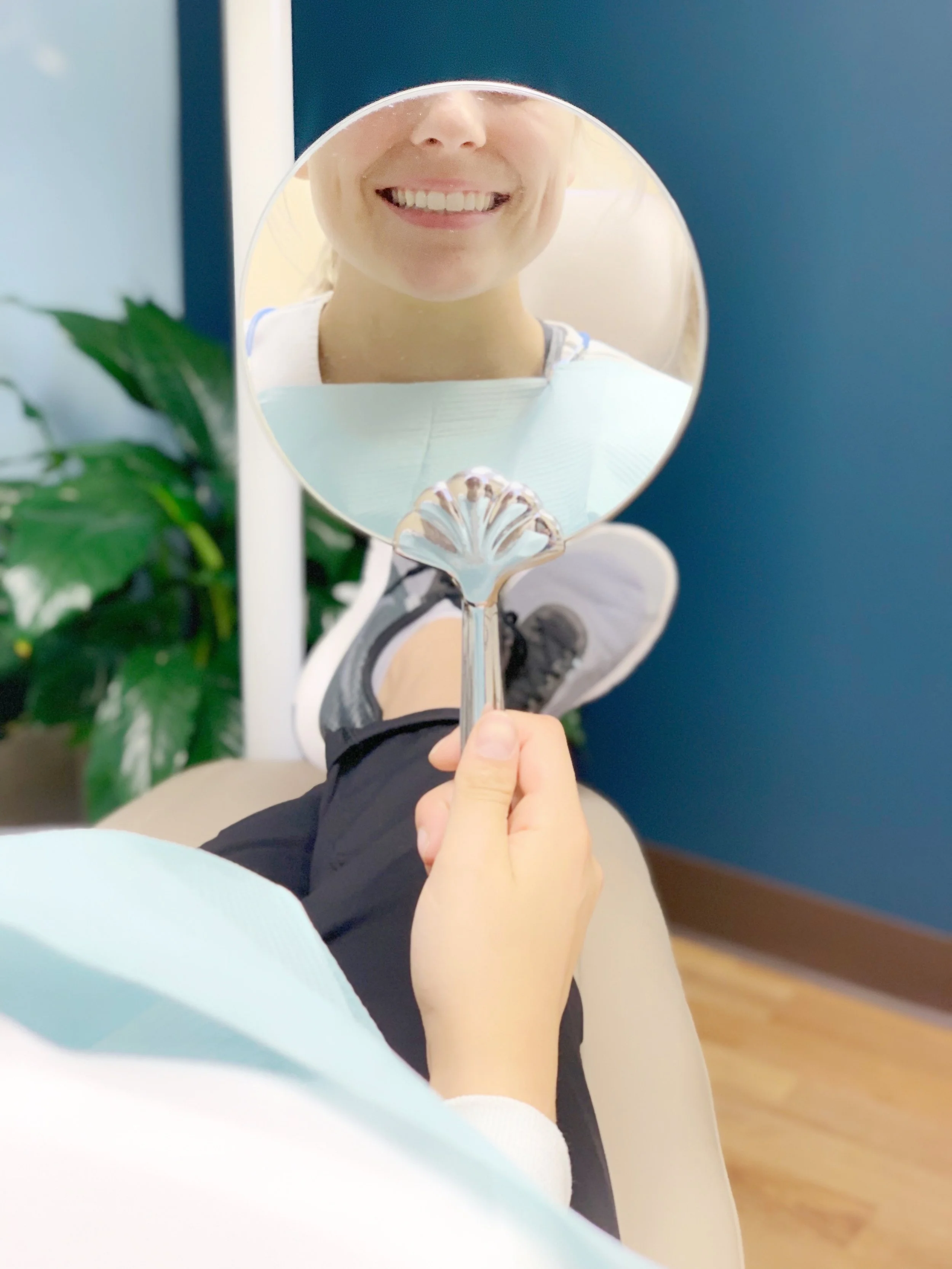Clear Aligners: The Modern Solution for a Beautiful Smile
Clear aligners are a revolutionary alternative to traditional metal braces. Made from a smooth, transparent plastic material, clear aligners are custom-designed to gradually shift your teeth into alignment, offering a discreet, comfortable, and effective solution for those seeking to improve their smile. Whether you're an adult or teenager, clear aligners provide a nearly invisible way to achieve the perfect smile without the discomfort or aesthetic concerns of traditional braces.
Why Choose Clear Aligners?
-
Clear aligners are virtually invisible, making them an ideal choice for individuals who want to correct their teeth without drawing attention. Whether you're an adult professional or a teen looking for a less noticeable treatment option, clear aligners help you maintain your natural appearance throughout the treatment process.
-
Clear aligners are made of smooth plastic, reducing the chances of irritation to your gums and cheeks that often comes with traditional metal braces. Additionally, unlike braces, clear aligners don't involve wires or brackets, making them more comfortable for many patients.
-
One of the greatest advantages of clear aligners is their removability. You can take them out to eat, drink, brush, and floss, ensuring you can maintain your oral hygiene with ease. There’s no need to worry about food getting stuck in your braces, and cleaning your aligners is simple and straightforward.
Are There Any Drawbacks to Clear Aligners?
-
Clear aligners need to be worn for 20–22 hours per day for the treatment to be effective. This requires commitment and self-discipline to ensure you wear them consistently. Skipping wear time can result in delays in achieving your desired results.
-
While clear aligners are effective for many types of teeth misalignment, they may not be the best solution for more severe dental issues, such as complex bite problems or significant tooth rotation. Your orthodontist will evaluate whether clear aligners are the right option based on your specific needs.
-
While clear aligners are an excellent option for many people, some may experience a longer treatment duration compared to traditional braces, especially if the alignment issue is more complex. It’s important to discuss your treatment timeline with your orthodontist to set realistic expectations.
Frequently Asked Questions
-
Clear aligners typically take between 6 months to 18 months to achieve desired results, depending on the severity of your dental issues.
-
Most patients find clear aligners more comfortable than traditional braces since there are no wires or brackets that can cause irritation. When you begin wearing clear aligners, you may experience some discomfort, particularly during the first few days after switching to a new set of aligners. This is normal and typically resolves as your teeth adjust to the new aligner.
-
No, it’s recommended to remove your clear aligners before eating or drinking anything other than water to maintain their cleanliness and effectiveness.
It’s highly recommended to remove your clear aligners before eating or drinking anything other than water. Here’s why:
Risk of Tooth Decay and Cavities: When you eat or drink with your clear aligners in, food particles and sugary beverages can get trapped between your teeth and the aligners. This creates a warm, moist environment that can promote the growth of bacteria and plaque. If these food particles and bacteria aren’t properly cleaned away, they can lead to tooth decay and cavities over time. The aligners can also make it harder to thoroughly clean your teeth after meals, trapping these harmful substances against your enamel.
Increased Plaque Build-Up: Clear aligners can prevent saliva from properly washing away food and bacteria from your teeth, which can cause plaque to build up more quickly. Plaque is a sticky, colorless film of bacteria that can lead to cavities, gum disease, and bad breath if not removed. With aligners in, this plaque can accumulate unnoticed, increasing the risk of cavities and other oral health problems.
Staining of Aligners: In addition to the risk of cavities, drinking beverages like coffee, tea, or wine while wearing clear aligners can cause the aligners to become stained or discolored. This not only affects the appearance of your aligners but can also lead to a build-up of bacteria on the aligner surface, which may, in turn, affect your oral health.
-
Remove your aligners before eating or drinking anything other than water.
Brush your teeth and clean your aligners thoroughly after each meal or drink before putting them back in.
Use a soft-bristled toothbrush to gently clean your aligners with mild soap and water. Avoid using toothpaste, as it can be abrasive and damage the aligners.
If brushing isn’t an option, rinse your mouth with water to help clear out food particles, and clean your aligners as soon as you can.
Use a remineralizing toothpaste that contains fluoride.
Use an ultrasonic cleaner to regularly debride food, plaque and bacteria.


